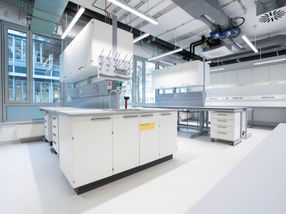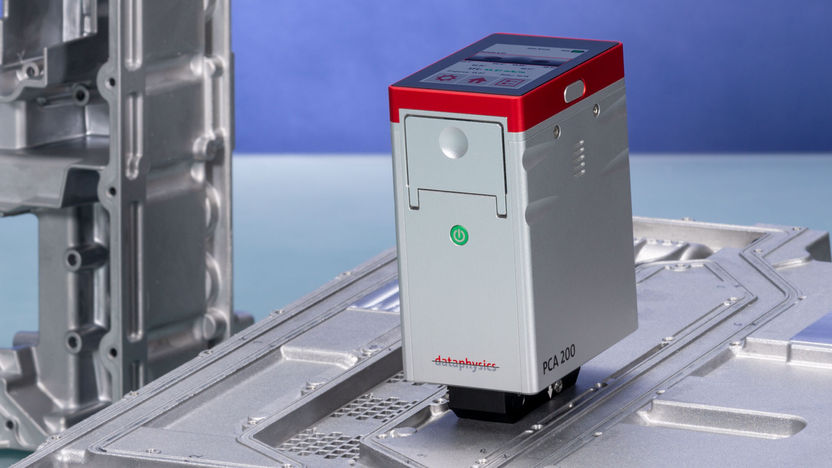Temporary tattoo could detect an unwanted drug in your drink
A chemical receptor turns red when it detects the drug γ-hydroxybutyrate
Advertisement
Temporary tattoos aren’t just for kids anymore — semi-permanent versions have become a favorite among adults who don’t want the commitment of the real thing. Now, researchers reporting in ACS Sensors have created their own temporary tattoo sticker that has a hidden, but possibly lifesaving, purpose: detecting the presence of one drug used to “spike” alcoholic beverages and facilitate sexual assault. The sticker responds within 1 second to even low concentrations of the drug γ-hydroxybutyrate (GHB).
Unfortunately, consuming a drink spiked with drugs including Rohypnol (commonly known as roofies) or GHB when drinking in a social setting is an ever-present danger — even among friends and acquaintances. These drugs are colorless and tasteless, inducing a stupor in the victim that’s similar to severe alcohol intoxication, which can lead people to being vulnerable to nonconsensual sexual contact or sexual assault. People can protect themselves by testing their drinks with specialized strips or cards that change color when exposed to these drugs. But current tests are often conspicuous or take minutes to report a result, introducing additional danger. So, Gyeong-Ji Kim, Jai Eun An, Kyong-Cheol Ko, Oh Seok Kwon and colleagues wanted to develop a rapid-acting test for GHB that’s worn on the skin using a tattoo-like sticker.
To create the stickers, the researchers placed a mold overtop a thin plastic film decorated with tattoo-like designs. Into the mold, they poured a gel mixture containing a chemical receptor that turns red when it detects GHB. Then they coated the back of the sticker with a diluted glue solution, so it could stick to skin.
The researchers tested the sticker’s ability to detect small amounts of GHB in a variety of beverages: whiskey, vodka, beer, soju (a Korean alcoholic beverage) and coffee. Within a single second, it detected the drug across a range of concentrations and below a level that would induce serious physiological symptoms: 0.01 micrograms of GHB in 1 milliliter of beverage. In practice, a wearer could dip a finger into a beverage, touch the drop to the sticker and see the result almost immediately. And the sticker displays the positive result for up to 30 days after detection, which could be important if it’s needed as a form of evidence of tampering. The researchers say that their sticker technology is inexpensive and easy to manufacture, and it could be commercially available soon.

























































